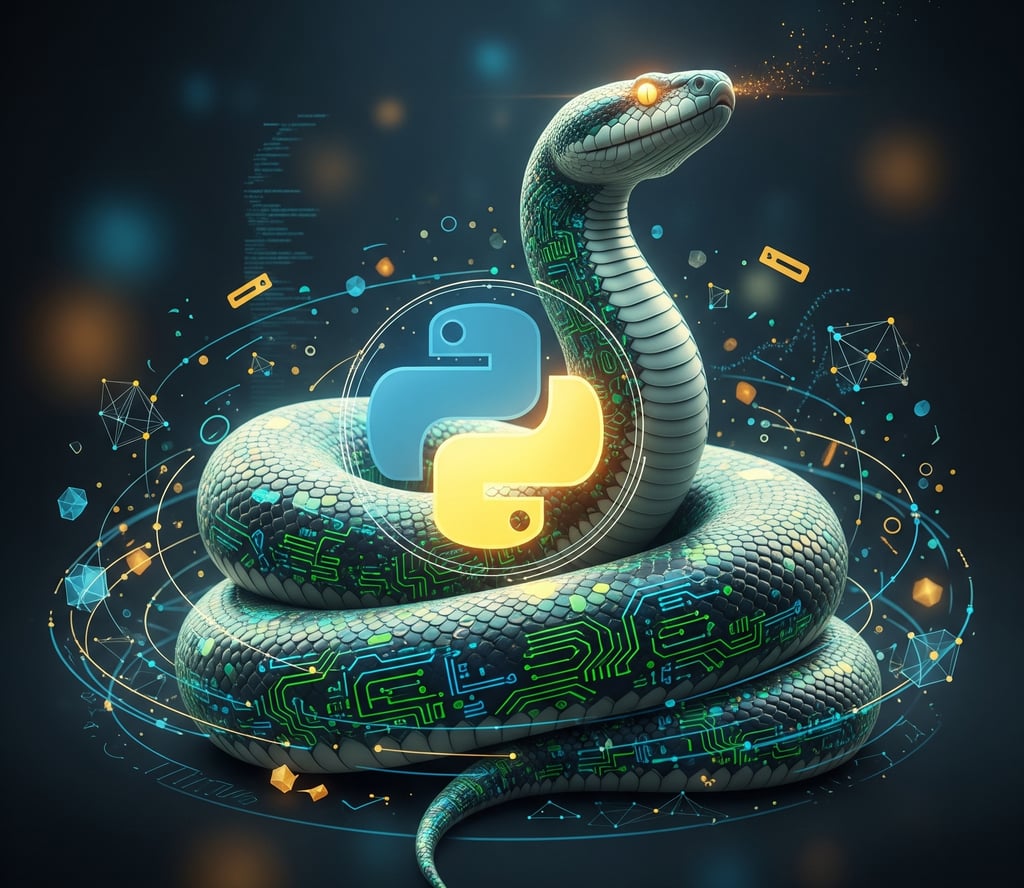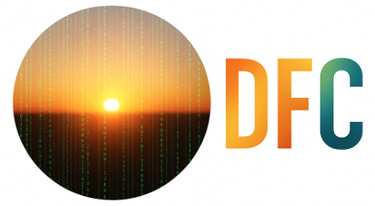Frameworks, Libraries, and Power: The Python Universe in Action
Python stands out as the most versatile and powerful programming language for those seeking productivity, efficiency, and innovation.
TOOLS
8/19/20253 min read


When talking about programming languages, few offer the flexibility, simplicity, and power of Python. What makes it so versatile and popular, however, is not just its clean syntax, but the vast and rich ecosystem of frameworks and libraries that surround it. These pre-written code packages are the true catalysts that transform a general-purpose language into a specialized tool, capable of building everything from complex websites to cutting-edge artificial intelligence models. In this article, we will explore what these key elements of the Python universe are and how they work together to bring projects of all sizes to life, from the simplest, like automatic scripts, to those requiring a deep understanding of advanced algorithms.
The Fundamental Difference: Framework vs. Library
To truly understand the power of the Python ecosystem, it's crucial to differentiate these two concepts. People often use these terms interchangeably, but the distinctions are vital for choosing the best tool for your project.
Library: Think of a library as a collection of functions and modules that you can call to perform a specific task. You are in control; you decide when and how to use each function. An example is NumPy, a library for numerical computation. You import it and use its functions to perform advanced mathematical operations in an optimized way. The flow of your code is your own, which offers incredible freedom for programmers of all levels.
Framework: A framework is like the skeleton of a project. It provides a predefined structure, a set of rules, and a control flow that helps guide development. Instead of you calling the framework’s functions, the framework calls your code. You fill in the gaps provided by the framework, enabling rapid feature implementation. A classic example is Django, a framework for web development, which already has a structure for handling URLs, databases, and templates. You just write the code for your specific functionalities, and Django handles the rest, allowing you to focus on what truly matters: creating incredible user experiences.
The Power of Python Libraries: The Engine Behind Everything
Libraries are the reason Python has become the preferred language for so many domains. They save time, prevent reinventing the wheel, and offer optimized solutions that are often tested and proven by developers worldwide. A rich library ecosystem means you can focus on the business logic without worrying about operational details that have already been solved.
Key Python Libraries Across Domains
Data Science and Machine Learning: The fundamental trio is NumPy, Pandas, and Matplotlib. NumPy optimizes mathematical operations with multi-dimensional arrays, Pandas simplifies data manipulation in tables (DataFrames), and Matplotlib enables the creation of impressive and interactive data visualizations. For artificial intelligence, Scikit-learn offers ready-to-use machine learning algorithms, and TensorFlow and PyTorch are the stars for creating deep neural networks.
Web Development: While frameworks are more commonly known, libraries also play an important role. Requests, for example, is the standard library for making HTTP requests simply and effectively, reducing the time you would spend dealing with the details of manual web protocol implementation.
Automation and Scripting: Libraries like Selenium for browser automation and PyAutoGUI for automating tasks on the graphical user interface (GUI) demonstrate Python's versatility for automating almost anything, from simple repetitive tasks to complex business processes.
Python Frameworks: The Structure for Success
If libraries are the bricks, frameworks are the architectural blueprint. They accelerate development and enforce best practices, allowing for a more organized and efficient development process. Choosing the right framework can affect not only development time but also the project's long-term maintenance.
Popular Python Frameworks
Web Development:
Django: The "framework for perfectionists with deadlines." It is robust, fully-featured (comes with an admin panel and ORM), and ideal for building complex, secure web applications that can handle high traffic loads without compromising performance.
Flask: Light and flexible, it is the "micro-framework" perfect for smaller applications, APIs, or for those who want more control over the libraries they use. Flask's simplicity allows for quick implementation, ideal for prototypes and agile solutions.
FastAPI: The newest member of the family, focused on performance. It is ideal for building high-speed APIs and has great integration with Python's type hinting, allowing you to write cleaner, easier-to-understand code.
Game Development: Pygame is a popular framework that facilitates the creation of 2D games, providing developers with an effective means to create interactive and fun experiences.
Graphical Interfaces (GUI): Tkinter (which comes bundled with Python) and PyQt are frameworks for creating desktop interfaces. They provide developers with the necessary tools to build appealing and interactive desktop applications.
Conclusion: One Language, Infinite Possibilities
Python's strength is not in a single tool, but in the synergy between its elegant syntax and an ecosystem of frameworks and libraries that covers virtually every area of technology. Whether you are a data scientist, a web developer, or an automation enthusiast, there is a set of Python tools waiting to make your work easier and more powerful. The Python universe is an invitation to action—an invitation to build, innovate, and create.
Which project will you start today, harnessing the power of Python's vast ecosystem?
Innovation
Technology and Digital Transformation.
contact us
Apprenticeship
digitalfuturechanges@gmail.com
© 2025. All rights reserved.
